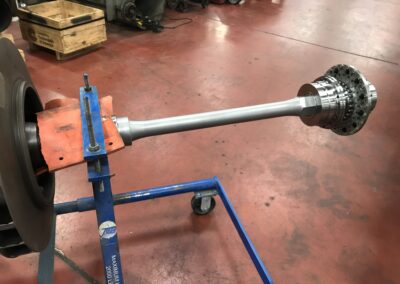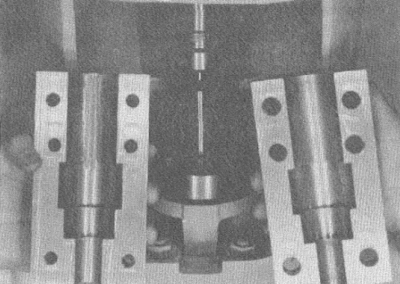
No More Bearing Failures After Coupling Change
A power plant had six identical feed pumps powered by 3500 HP motors. The equipment was initially specified and connected with gear couplings. The plant personnel had grown accustomed to performing the maintenance on these gear couplings by greasing them at regular intervals. Unfortunately, they had also become accustomed to replacing pump bearings as well. Every nine months to a year, the bearings were cracking due to fatigue, resulting in the need for frequent replacement.
After some research, plant personnel realized that the misalignment between the motor and pump was about 0.035”, much higher than the coupling was rated to handle. They determined that the bearing failures were occurring because of high load stemming from high coupling forces. The plant desired to improve the alignment; however, since the majority of the misalignment resulted from thermal cycles in the system, there was no simple way to accomplish this.
There was some resistance among plant personnel to make any changes due to bearings failing on a regular, consistent basis. They looked at it as the “devil you know” versus the risk of unknown results. Eventually, the plant decided to make a change, starting with upgrading the couplings to allow for the higher misalignment.
Coupling Corp was called in to design a coupling that could handle the high misalignment without adding bending loads to the bearings. A close-coupled FLEXXOR coupling was designed to fit the application and was capable of handling an offset misalignment of about 0.060” without any maintenance. More importantly, the spring rates of the new FLEXXOR coupling were roughly 1000 times lower than the original gear coupling.

Flexible Couplings Extend Seal and Bearing Life
The newly installed couplings immediately yielded positive results. Despite this, the site mechanics continued to check the bearings every few months to look for cracks as they had for so many years during routine maintenance checks. Eventually, they realized that the couplings were doing their job very well, and the system was running smoothly without any bearing failures.
Contact Us Today
"*" indicates required fields
Recent Posts

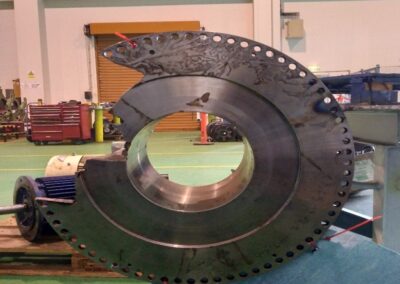
Lady and the Clamp
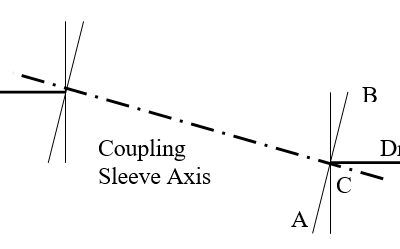
Why Machine Alignment Matters
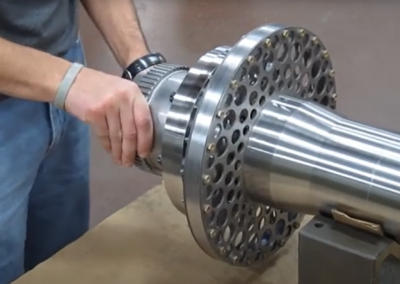
Vibration Transmission in Couplings
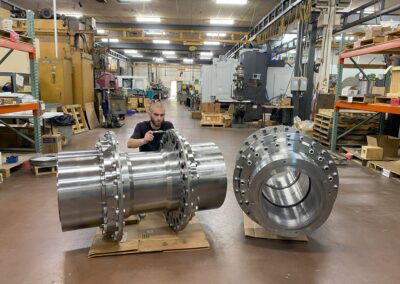
I Like Big Hubs (and I cannot lie)
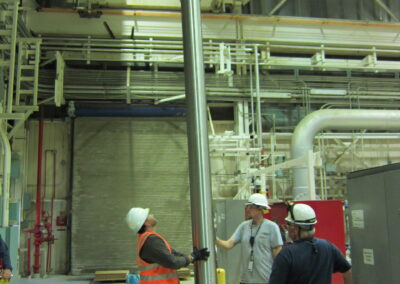
Circ Water Success
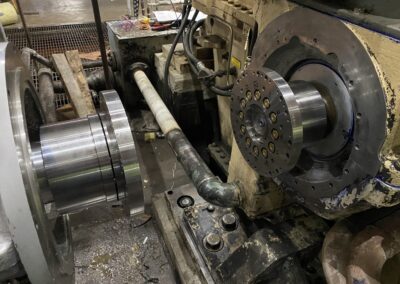
Surprise BSE Change
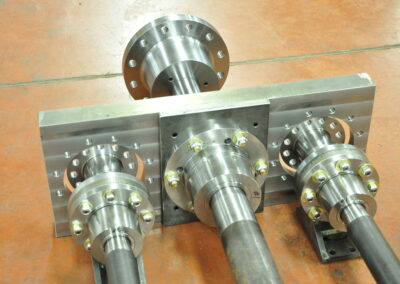
How CCA Saved a Customer Millions
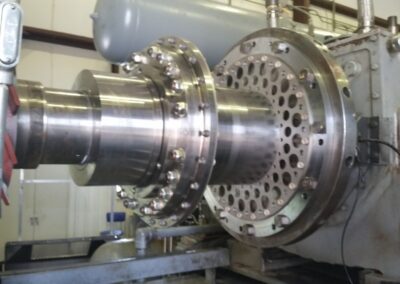
FLEXXOR Coupling Reduces Vibrations in Gas Compression Application
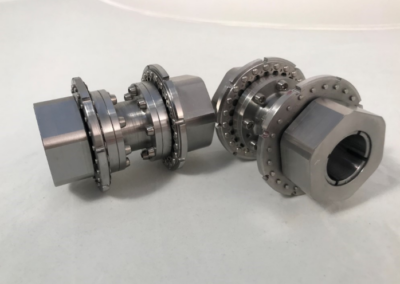
New Year’s Resolution: Coupling Weight Loss
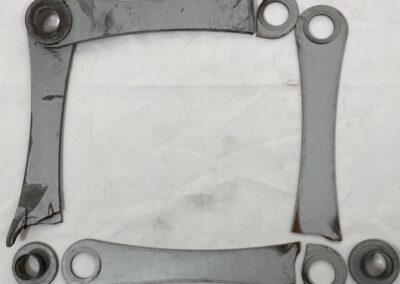
Downtime – Way Up in the Sky
